The Dangerous Beauty of Everest
One of the greatest challenges for a climber is reaching the summit of Mount Everest. Known to be the tallest mountain in the world, scaling this behemoth is on the bucket list of most professional climbers.
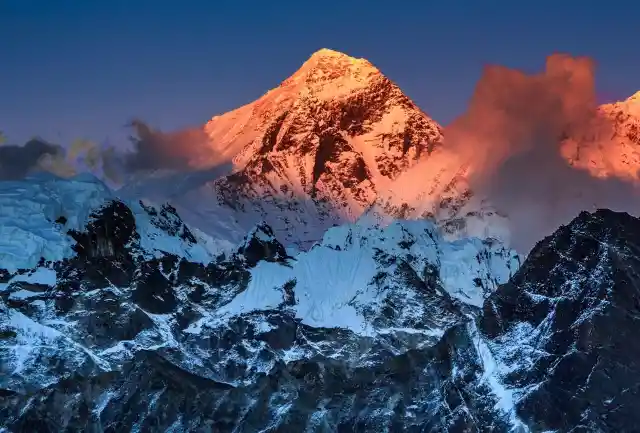
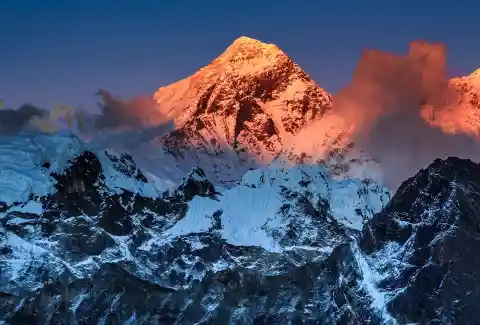
Unfortunately, it’s also one of the most dangerous mountains to climb. In fact, Everest has claimed the lives of hundreds of climbers over the years.
For one man, a climb gone wrong could have meant the end, but he chose to push on and not give up…
Willing to Take Risks
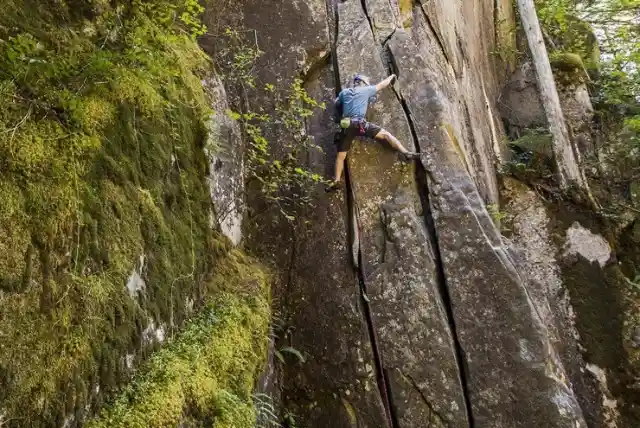
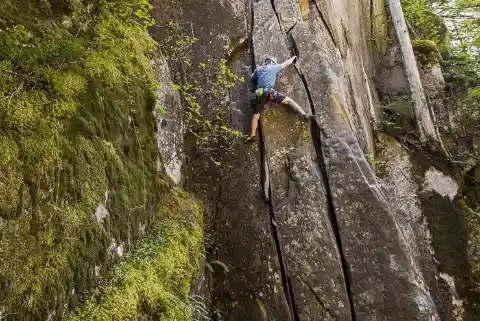
Lincoln Hall could be considered a natural-born climber. Ever since he was fifteen-years-old, he found rock climbing to be a passion of his. According to Hall, climbing opened up a whole new world that required not only an intense focus but precise judgment and the will to take risks despite the odds.
Pursuing His Passion


Despite attending college to study zoology at the Australian National University, Lincoln continued to pursue his passion for climbing. He even joined a mountaineering club, so he could make friends with those who had the same interests. As a club member, Lincoln traveled the world, scaling mountains in New Zealand, the Andes and even made a trip to Antarctica.
Pushing His Limits
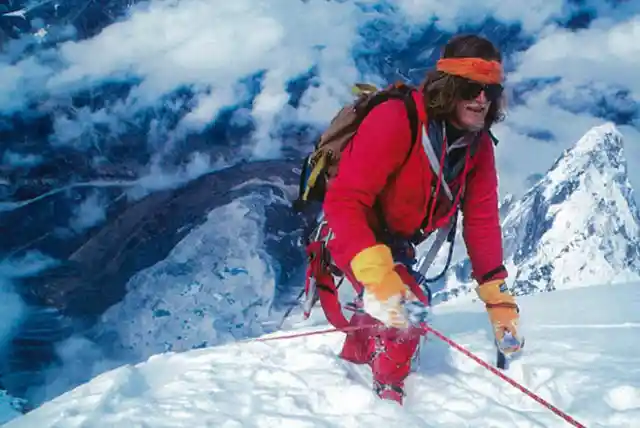
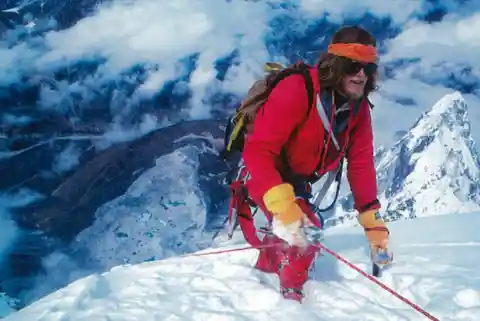
Lincoln continued to push the limits of what he could in terms of mountain climbing after he graduated from college. He was part of the first team in Australia to scale Mount Everest in 1984. Even more impressive, the team scaled the north face and forged a brand-new path for climbers who chose forgo oxygen.
Left Behind
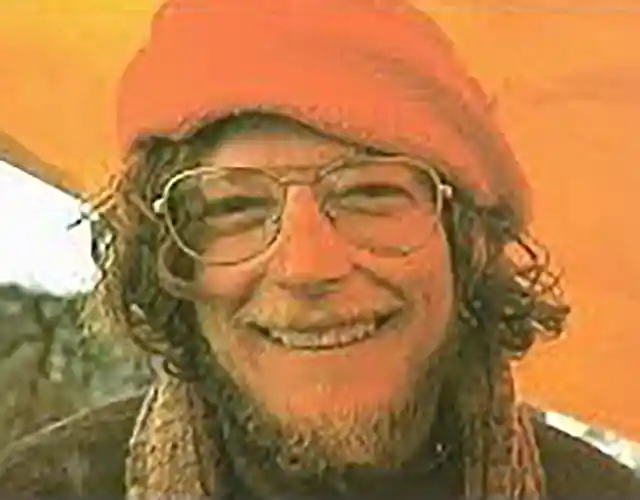

Unfortunately for Lincoln, he wasn’t able to make it to the top of the summit with the rest of his team, stopping a few hundred yards away. According to Lincoln, one of the most important things a climber can know is when to draw the line and for him, it was clear as day. He simply couldn’t press on.
Life of Adventure


Despite failing to reach the summit of Everest, Lincoln spent the next several years continuing to climb and write books about his many adventures. One of his most popular was “White Limbo,” which told the tale of him coming so close to the top of Everest and failing to reach it.
One More Attempt
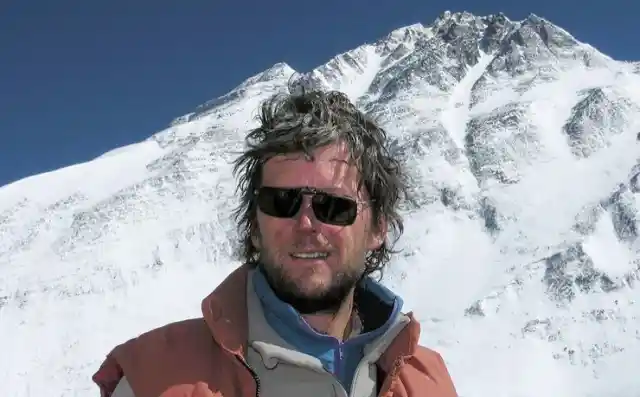
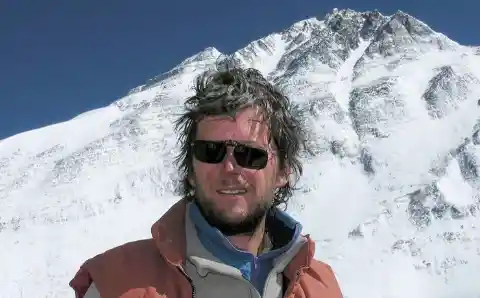
Although Lincoln continued to climb, the thought of scaling Everest one more time was always in the back of his mind. In 2006, he decided it was time to try again…22 years after he had failed the first time.
Would he be able to find success when years ago all he found was failure?
Setting a New Record
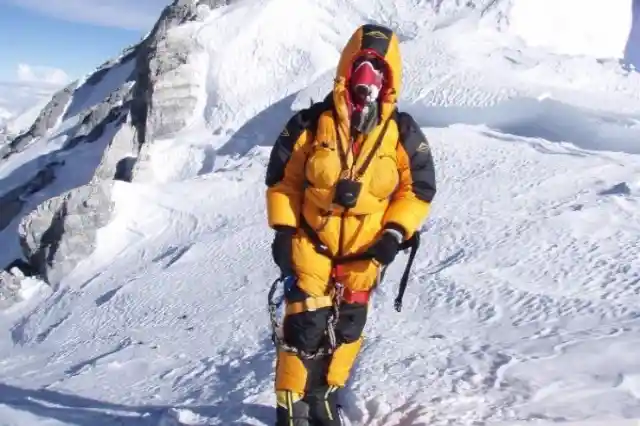
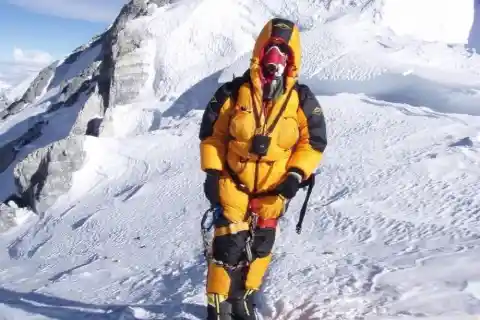
The team that Lincoln joined in his second attempt to scale Everest was trying to accomplish a feat of their own. Their team had a young 15-year-old climber, the youngest to ever reach the summit. Unfortunately, he had to turn back when his breathing became a challenge. However, Lincoln finally did make it to the top.
A Dream Come True
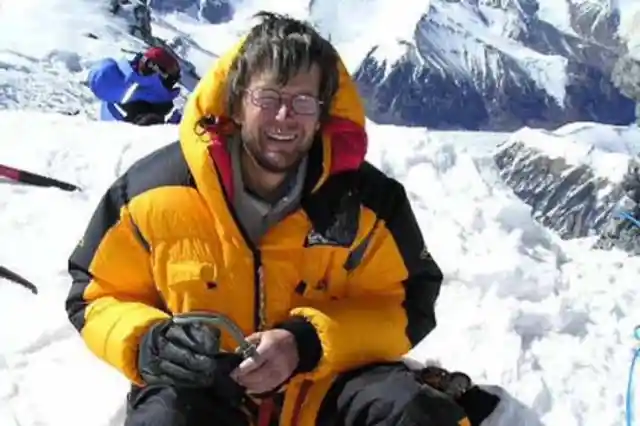
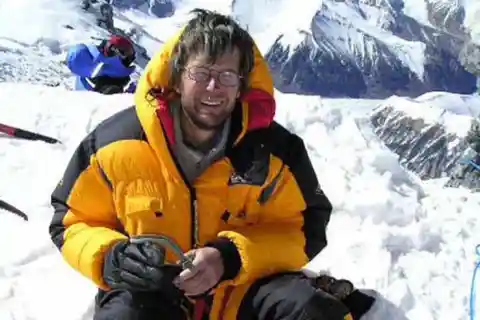
Finally reaching the summit was a dream come true for Lincoln. After 22 years, he had finally fulfilled what most climbers only dream about. In fact, he wanted to relish in his accomplishment for as long as he could, so he spent over 20 minutes at the summit before beginning his descent.
However, something went terribly wrong on the way down…
Descent into Madness


As Lincoln began to descend the mountain, he began to suffer from altitude sickness known as cerebral edema. This condition triggers hallucinations and causes swelling in the brain. Another deadly symptom is crippling lethargy, a climber’s worst nightmare when heading down a mountain.
Lost His Mind
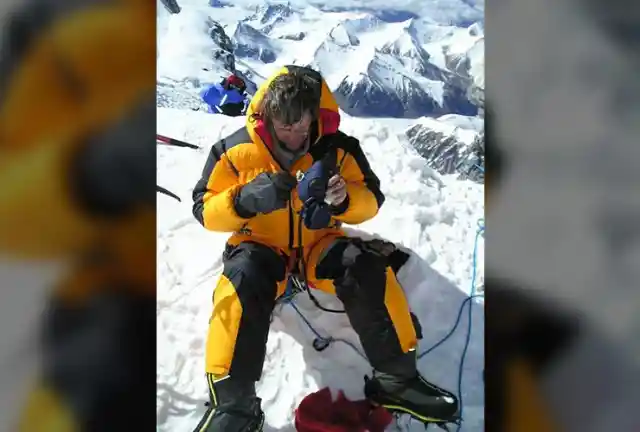
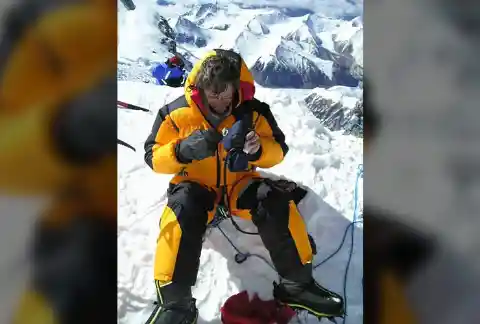
As time went on, Lincoln completely lost his mind. In fact, he was so out of it he tried to climb back up the mountain. The Sherpas accompanying him had to fight him, trying to force him down the mountain. Before long, Lincoln simply collapsed. There was no way he could continue on.
Save Yourselves Now

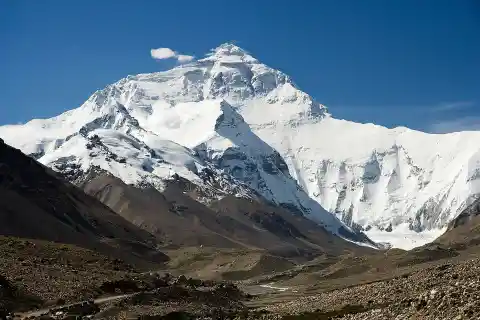
Exhausted from the climb and fighting Lincoln, the Sherpas radioed the expedition leader for instructions on what to do. With Lincoln showing no signs of life, the leader instructed the Sherpas to save themselves. There was no hope for anyone surviving if they tried to help Lincoln in his current state.
Abandoned on the Mountain
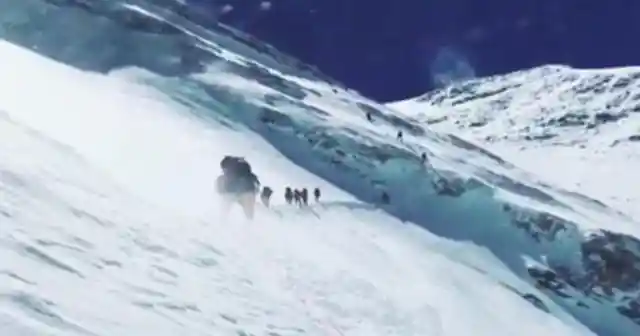
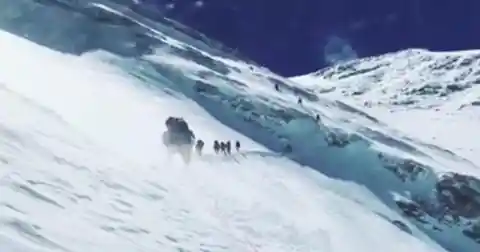
The instructions given to the Sherpas were to cover Lincoln’s body with rocks, but there weren’t any to be found so they left his body where it was. When they reached the base camp, Lincoln’s death was made official and his family was informed of his passing.
However, 12 hours later…something happened.
A Complete Miracle
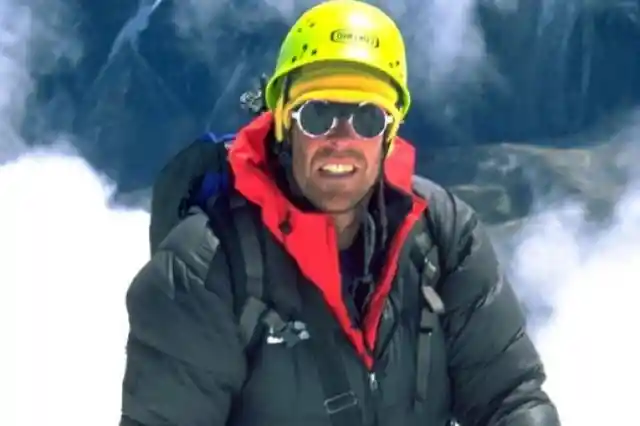

The next day, a group of climbers ascending the mountain was expecting to find Lincoln’s dead body. However, they were shocked to find a man sitting up and changing his shirt.
How did Lincoln survive?
A Simple Statement
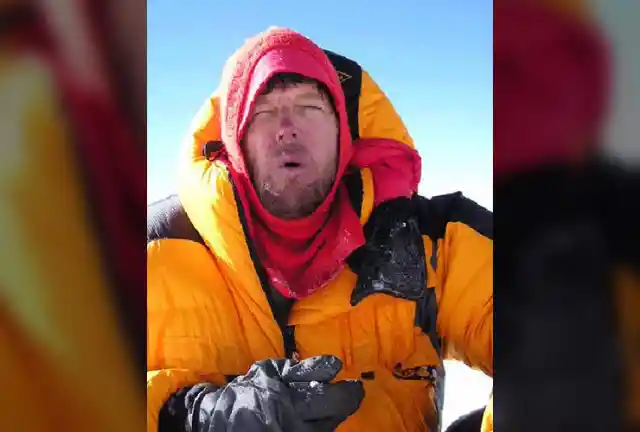
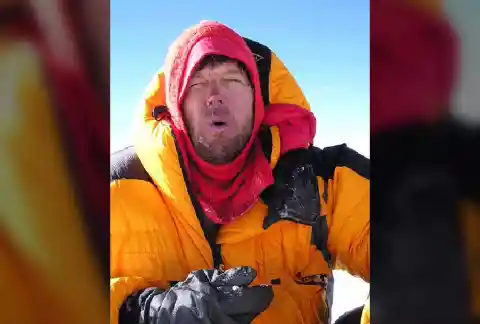
One of the climbers recalled, “He had his down suit unzipped to the waist, his arms out of the sleeves, was wearing no hat, no gloves, no sunglasses, had no oxygen mask, regulator, ice axe, oxygen, no sleeping bag, no mattress, no food nor water bottle.”
Lincoln simply said to the party “I imagine you’re surprised to see me here.”
Alive and Well
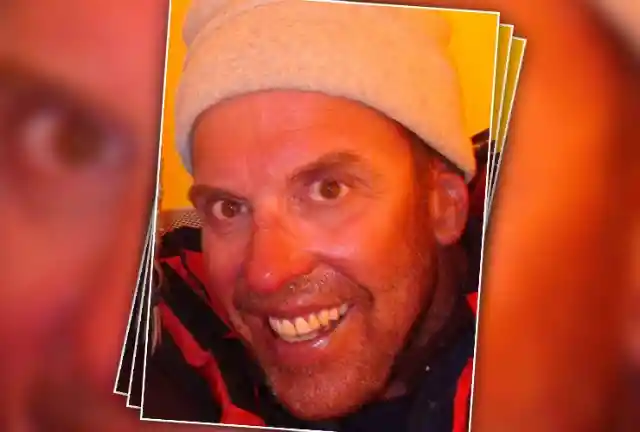

The climbers who found Lincoln couldn’t hold back their disbelief. Here was a man who had spent the night on the mountain without oxygen at 28,000 feet and barely clothed, yet completely alive and lucid. It was absolutely miracle.
An Urgent Rescue
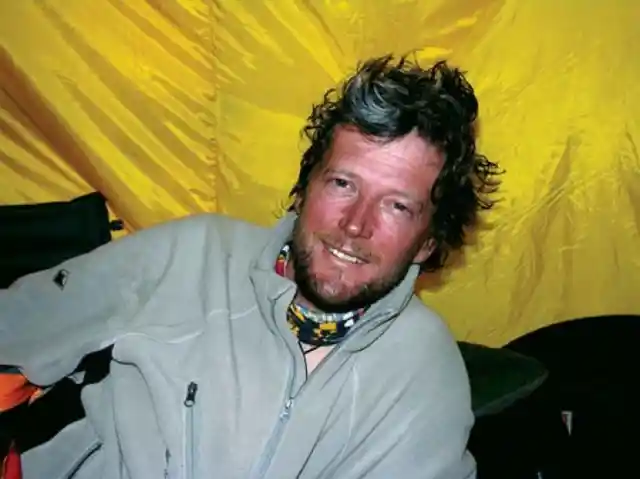
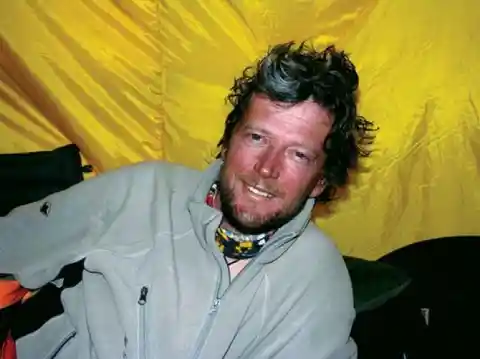
The team heading up the mountain chose to abandon their trek to the summit and rescue Lincoln, who was still loopy and not making total sense. The expedition leader also sent 12 Sherpas up the mountain in an attempt to help bring Lincoln to safety.
Safe and Sound
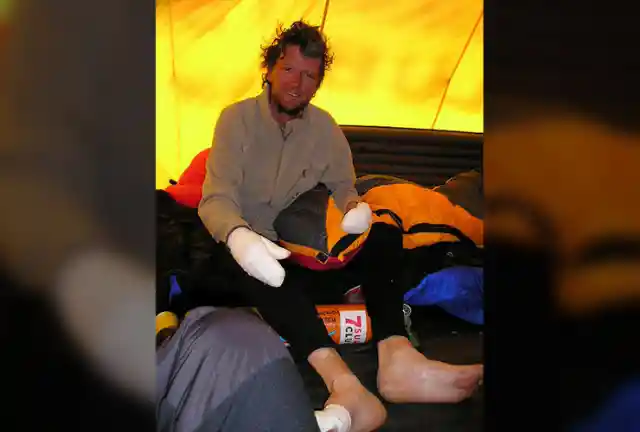
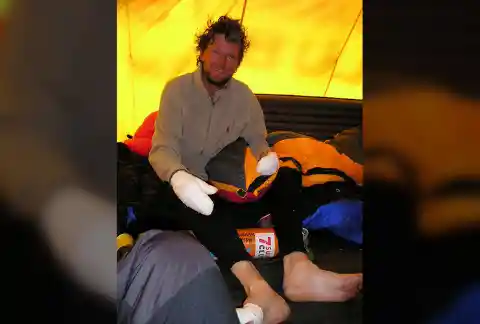
The rescue team managed to get Lincoln back to base camp where he was treated by a Russian doctor for cerebral edema, frostbite, and other injuries.
However, Lincoln wasn’t left unscathed.
Permanent Reminders


Although Lincoln was recovering well from his harrowing ordeal, he did lose eight fingertips to frostbite. Thankfully, he did fully recover from the cerebral edema. But he lost a toe for a different reason, one that came down to the shoes he was wearing.
Climbing Shoes
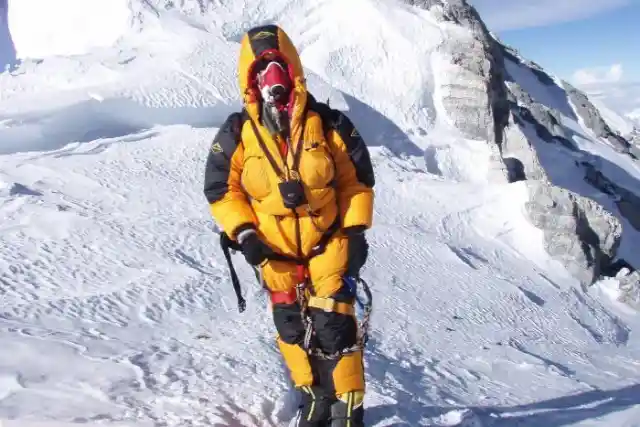
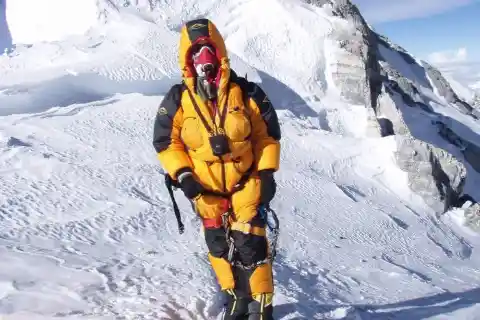
Serious climbers tend to wear two layers of shoes on a hike of this size, an inner layer consisting of a hiking shoe and the outer focused on insulation and picks for deep snow. They’re great for protection from the elements, but left on as long as they were caused one of Lincoln’s toes to die from lack of blood flow. He was injured, but he made it alive and its all thanks to his mindset.
Refusing to Give Up
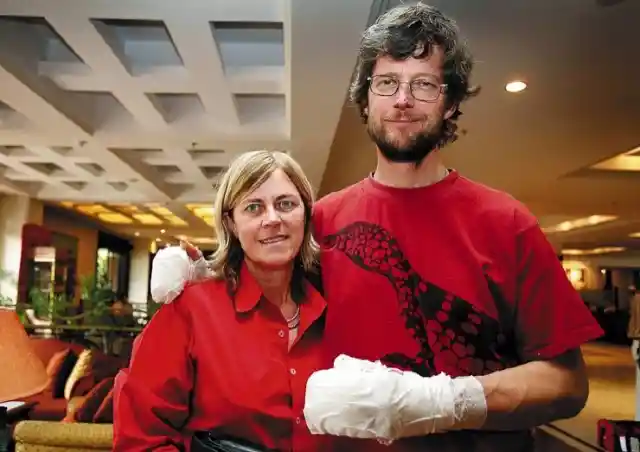
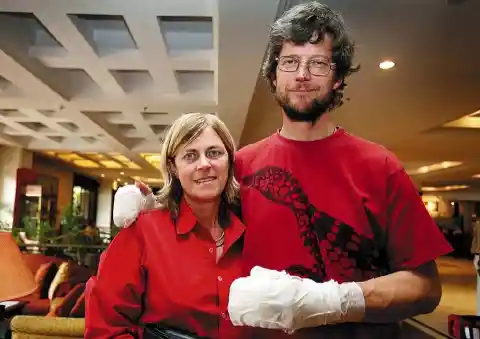
When asked about how he survived, Lincoln contributed it to his training in deep-breathing meditation. His decades of climbing experience also came into play, which he says “hard-wired” him to never give up regardless of how low the odds were.
For now, he’s just thankful to have survived. As for the climbers who missed out on their chance to reach the summit? All they have to say is Everest will always be there.
UPDATE: Although Lincoln survived the unthinkable, life after the incident proved to be much harder.
Accomplished Life


Life after recovering proved to be amazing in many ways for Lincoln and his family–he was alive after all. He went on to write many books on mountaineering, including “White Limbo” (1985), an account of the first Everest expedition and “The Loneliest Mountain” (1989), a diary of his trip, with 10 others, to Antarctica.
The excitement wasn’t over, as TV was his text adventure.
Dateline
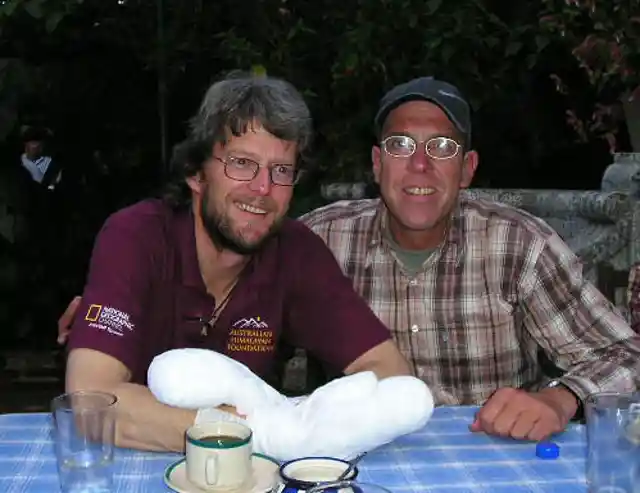
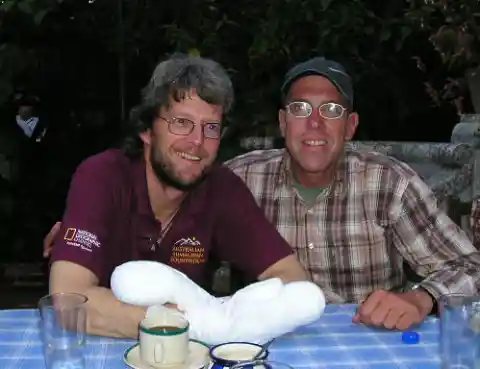
The public continued to be interested in Lincoln’s amazing story, so much so that in 2006 NBC’s dateline picked it up and created a documentary special that was Emmy-Nominated. His life had officially changed as he was now somewhat of a celebrity. His career took off, too.
Life was great–but unfortunately, only for a little while.
Legacy Continued


He went on to author two more books, this time detailing his near-fatal encounter with Everest, Dead Lucky: Life after death on Mount Everest (2007) and Alive In The Death Zone: Mount Everest Survival (2008). Life seemed to be getting better and better with every year that passed until he got the call no one wants to get.
Another Documentary
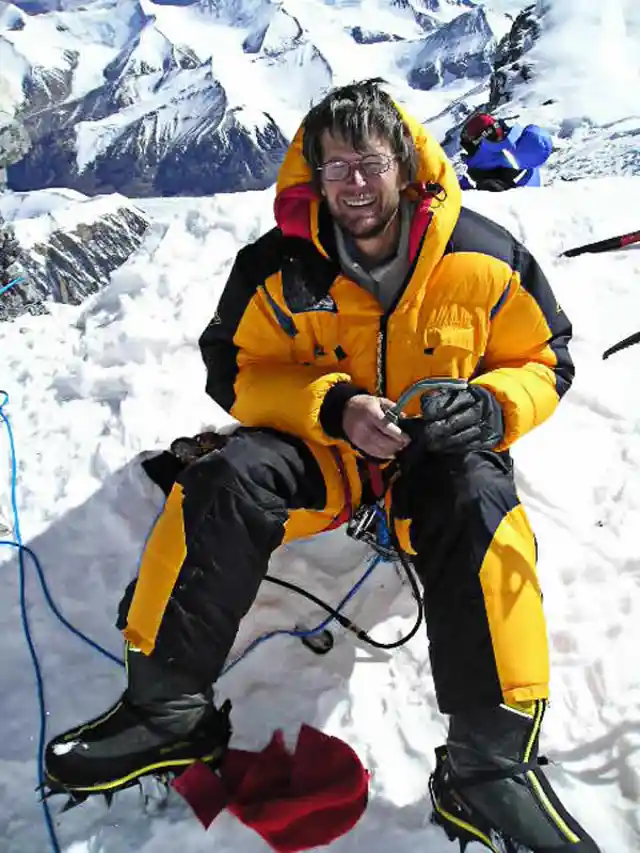
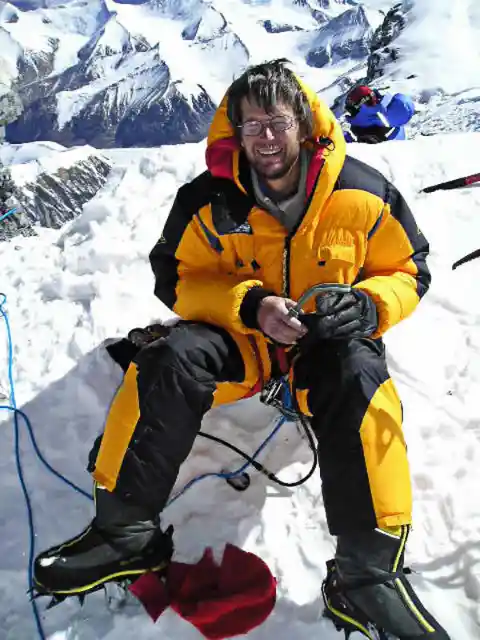
Before the call that changed everything, he was able to be apart of another documentary. This time, the documentary was based off his book Dead Lucky: Life after death on Mount Everest. In 2008 it aired in the US on National Geographic, and on ABC1 in Australia.
Devastating News
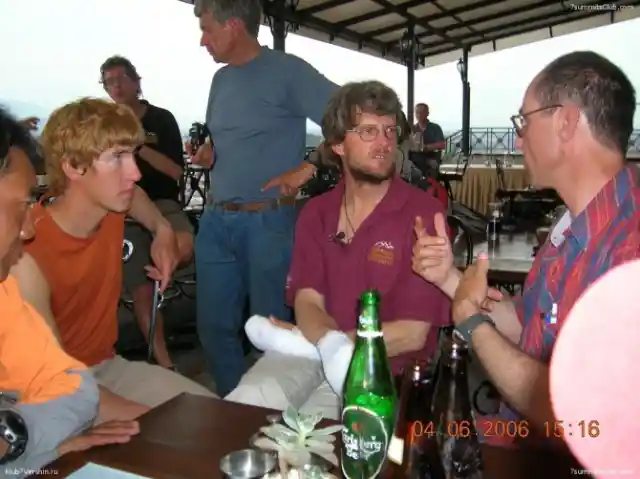
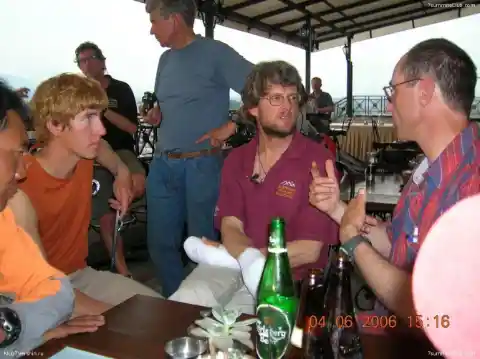
In 2011 he was interviewed again for the American TV show, I shouldn’t Be Alive . His story was in the press again as people marveled at his amazing recovery and story of survival. However Hall was diagnosed with Mesothelioma and passed away on March 20th, 2012 in Sydney, Australia at the young age of 56. But how could this happen?
Speaking About Death
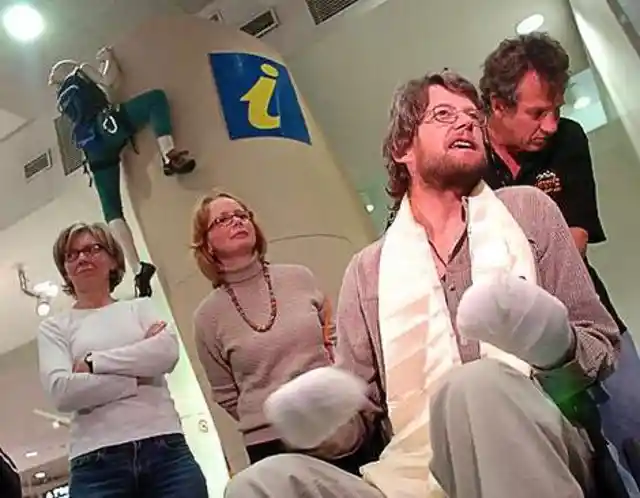
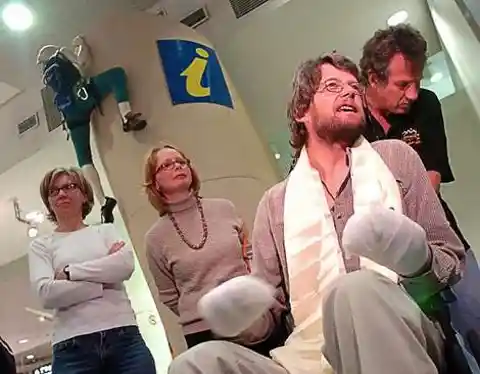
One of the reasons many people were captivated by Lincoln’s Everest survival story, was because it gave him a unique perspective on life and death–many believe he came back from the dead. He shared his perspective on his experience with death in 2008, “In Tibetan Buddhism, death is interpreted as consciousness leaving your body in separate stages over a period of time. It’s different if you’re run over by a truck, but if you’re just dying, say, on Everest, there are stages of death. I ticked the first two of those eight stages, and for some reason that process reversed. So I think saying I died is probably more accurate than saying I didn’t.”
Until The End
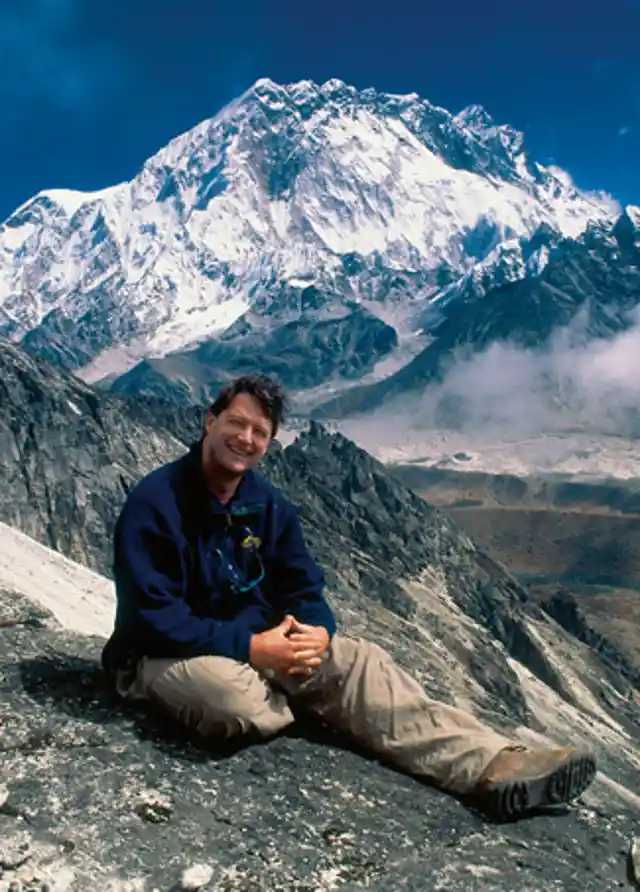
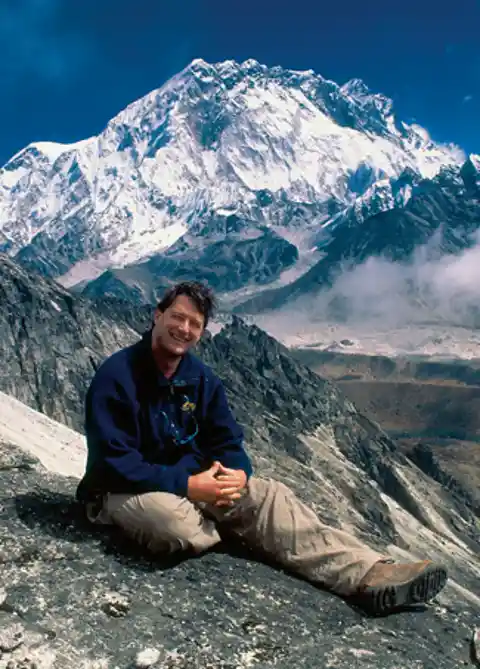
Mesothelioma is a cancer that is caused by being exposed to asbestos, most commonly effecting the lining of the lungs. Hall was exposed to asbestos in 1956 building cabinets with his father as a young boy. Even though his death felt premature and unjust to those close to him, at least he wasn’t alone on his final journey. Best friend and fellow climber, Greg Mortimer, was with him until the end.
Final Moments


Mortimer opened up about Hall’s final moments, stating: “It was very peaceful in the end, around 11:45 last night. Lincoln got into quiet, rhythmic breathing—it was almost meditative—and then he quietly slipped away”.
But perhaps we can learn something about life and death from Lincoln Hall, “Death is not as black and white as it seems”…
A Peaceful End


An adventurer in life, Lincoln was loved and cherished by many for his courage and kindness. He was survived by his wife, and two sons.